ERC Starting Grants for seven UvA researchers
13 September 2016
With its seven grants, almost a quarter of the total number of Starting Grants for Dutch researchers – 29 in total – will go to the UvA this year. A total of 325 researchers from across Europe received a Grant as part of the latest round of allocations. The total amount is 485 million euros.
The recipients
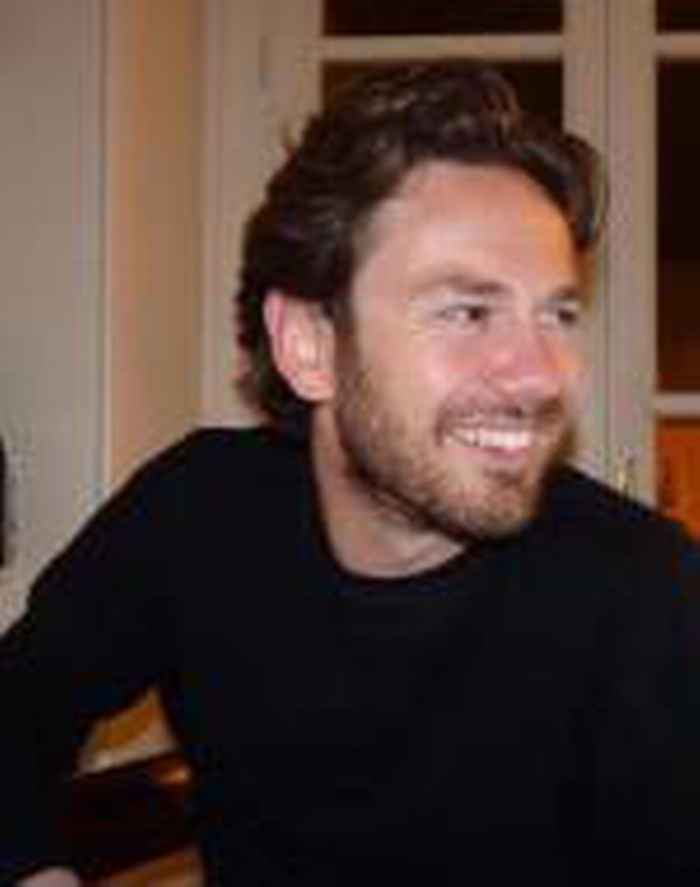
Dr Simon van Gaal (Department of Psychology, Brain & Cognition) – CONSCIOUSNESS: Towards a Neural and Cognitive Architecture of Consciousness
While you are reading these words, something peculiar and little understood is unfolding. The electrochemical activity of billions of brain cells is generating a conscious experience of these words. But how? Questions about the origin of conscious experience has troubled philosophers and scientists for long a time. Van Gaal tries to understand this age-old question by administering specific pharmaceuticals to the brain while simultaneously measuring how this affects information processing between brain regions. His work may help to explain why we sometimes lose consciousness, for example when we fall asleep, enter a coma or when we are anesthetised.
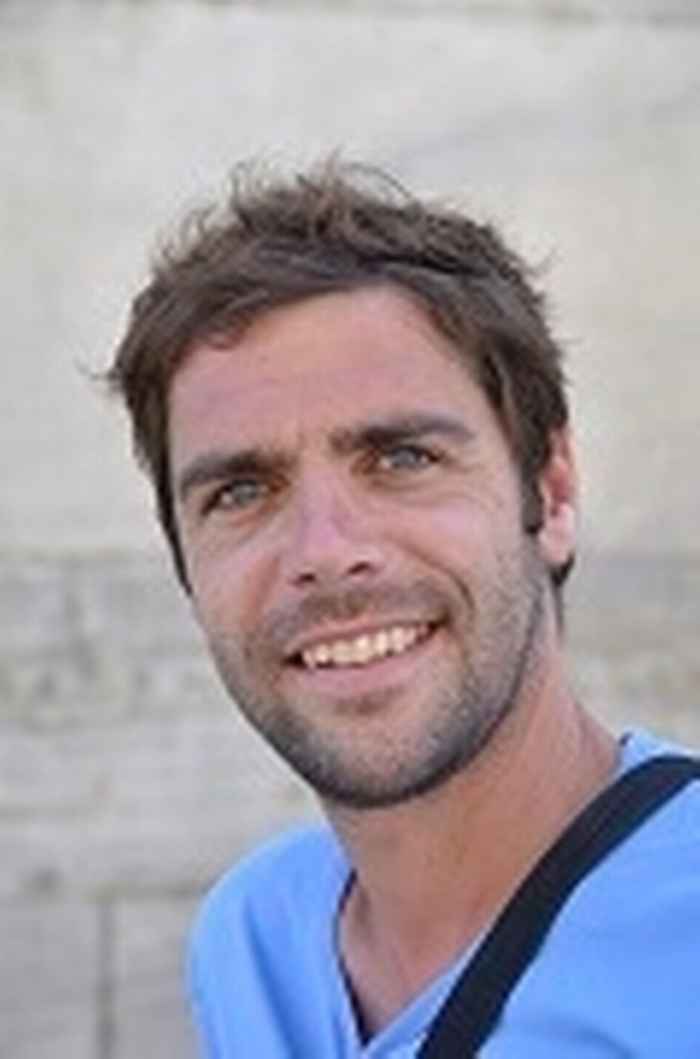
Dr Jasper de Goeij (Institute for Biodiversity and Ecosystem Dynamics, IBED) – SPONGE ENGINE: Fast and Efficient Sponge Engines Drive and Modulate the Food Web of Reef Ecosystems
Sponges, our oldest still living multicellular ancestors, function as an ‘engine’ that drives ecosystems like tropical coral reefs, but also within the deep, dark and icy waters of the deep sea. They efficiently soak up fuel and provide reef inhabitants with food. But how does this engine work? Are there different types of sponge engines? Which plants or animals provide the fuel and how do sponges drive the other reef organisms? In his search for answers to these questions, De Goeij will construct a completely new food web in which sponges – which have so far largely been neglected – are a key ecosystem player.
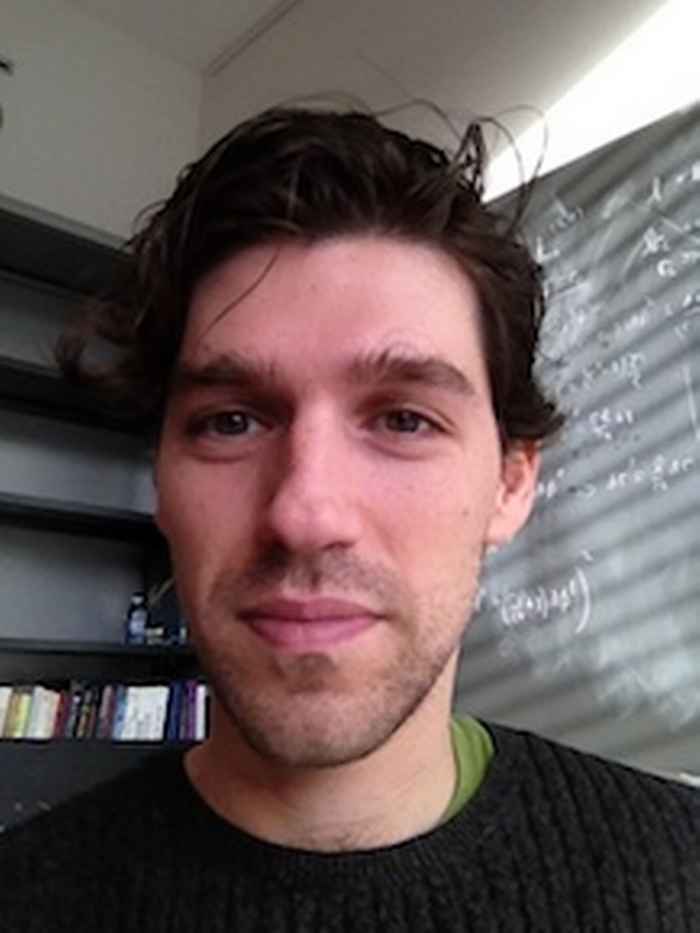
Dr Diego Hofman (Institute of Physics, IoP) – GenGeoHol: Non-AdS Holography and Generalized Geometric Structures
One of the most striking results in theoretical physics over the last twenty years has been the understanding of a holographic principle connecting the physics of quantum gravity in a d+1 dimensional negatively curved space-time to that of a theory without gravity in d dimensions. This result is incredibly important as gravity has been resisting a fully quantum-mechanical treatment for many years. The purpose of Hofman’s research is to extend the correspondence to more general geometric structures, opening new directions to apply the holographic principle to our own positively curved physical space-time.
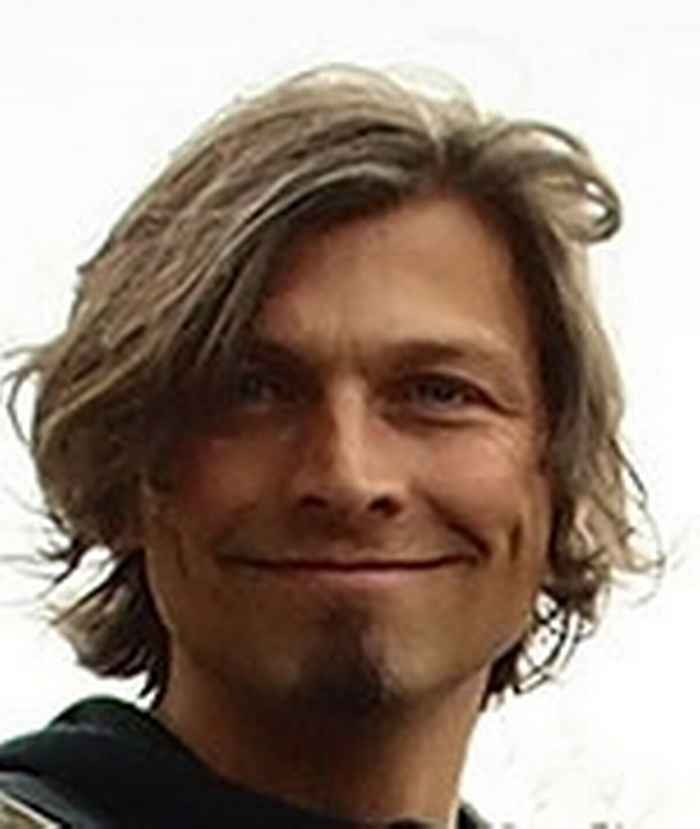
Dr Frank Jacobs (Swammerdam Institute for Life Sciences, SILS) – PRIMATE-TE-IMPACT: Mapping the Retrotransposon-mediated Layer of Neuronal Gene Regulation in the Human Genome
Endogenous retroviral elements (EREs) are selfishly replicating DNA sequences which have accumulated in our genome over the course of primate evolution. EREs carry viral gene-regulatory properties which can influence how, where and when nearby genes are expressed. One important consequence of the continuing invasion of genomes by EREs is that gene-regulatory networks can become rewired, with new ERE insertions adding a new species-specific layer of gene control. Jacobs will investigate the impact of primate-specific ERE invasions on human neuronal gene-regulatory networks. In addition, he will explore whether impaired control of EREs can lead to dysregulation of genes associated with human neurological diseases, such as Alzheimer’s disease and Parkinson’s disease. Jacobs’ aim is to formulate a novel concept which explains how changes in the epigenetic landscape can uncover a dormant genetic predisposition to disease.
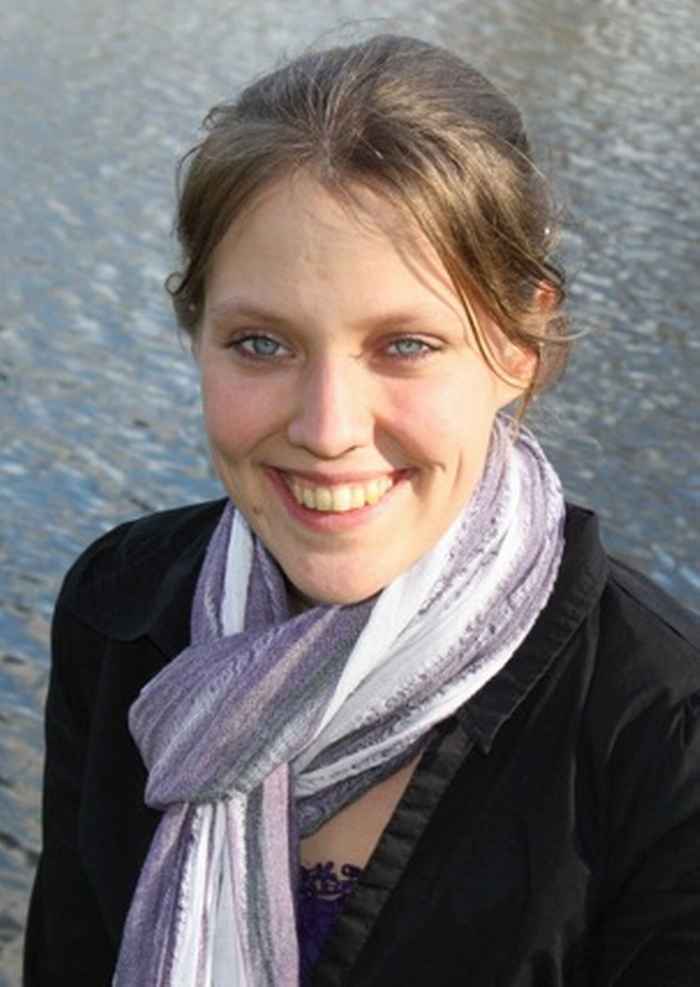
Dr Selma de Mink (Anton Pannekoek Institute for Astronomy, API) – BinCosmos: The Impact of Massive Binaries Through Cosmic Time
Massive binary stars, i.e. two stars that orbit around each other, are the focus of Selma De Mink’s research programme BinCosmos. Together with colleagues, she previously showed that close binary stars are much more common than scientists have thought. De Mink will assemble a team to investigate what the effects of this are on the many roles that massive stars play in our cosmic history. A key example is the effect on the production of elements in the cosmos, such as oxygen that allows us to breathe and calcium that gives our bones strength. She is also extremely interested in the variety of cosmic explosions that mark the deaths of massive stars, which astronomers are now starting to observe with robotic telescopes. Her ultimate goal is to improve our understanding of the types of massive binary stars that end their lives as binary black holes, which can – as was recently detected – become an extreme source of gravitational wave radiation.
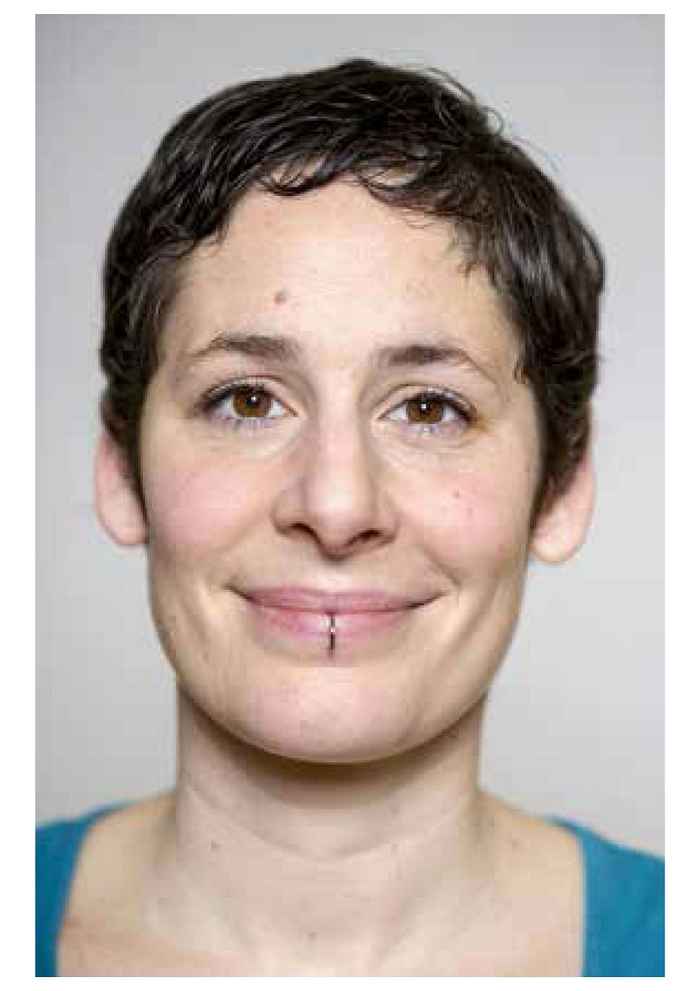
Dr Disa Sauter (Department of Psychology, Social Psychology) – PEP: An Empirical Foundation for Understanding Positive Emotions
Positive emotions are important for our physical and mental health, as well as our social relationships. Yet we have little scientific knowledge about them. For her Positive Emotions Project (PEP), Sauter will provide the first framework of a large set of positive emotions, based on a series of studies that examine both subjective and objective aspects of 17 positive emotions. These emotions, including gratitude, awe, amusement, compassion and relief, will be examined across cultures and across ages. Sauter will establish the causes of different positive emotions, how they are experienced and communicated, and the types of behaviour they trigger. The results will provide new ways of studying emotions, rich data, and a framework that may benefit researchers across many disciplines whose work builds on psychological theories of emotions.
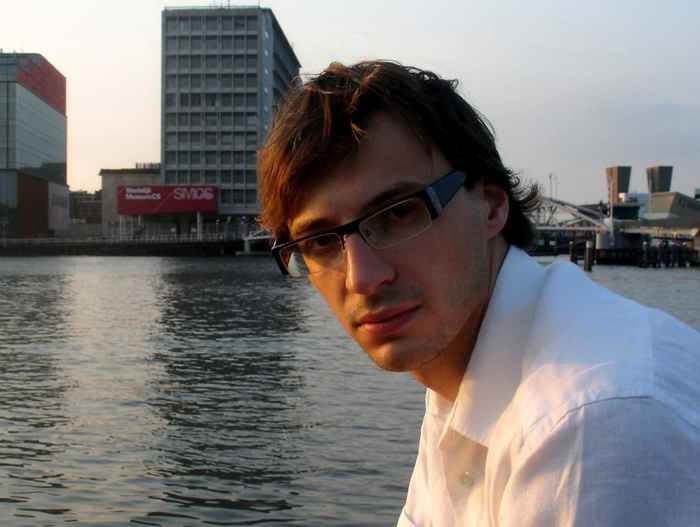
Dr Jakub Szymanik (Institute for Logic, Language and Computation) – CoSaQ: Cognitive Semantics and Quantities
At the heart of the multi-faceted enterprise of natural language semantics, lies a simple yet powerful conception of meaning: one understands a sentence if one knows under which circumstances it is true. This notion has been very fruitful, resulting in, among others, a wealth of practical applications in language technology. But to what extent can it also account for human linguistic behaviour? Jakub Szymanik will study this question by advancing a semantic theory founded on cognitive representations. More specifically, he will integrate formal models of quantifier meaning (like ‘some’, ‘all’ and ‘many’) with cognitive quantity representations, yielding a logical theory that is psychologically plausible.